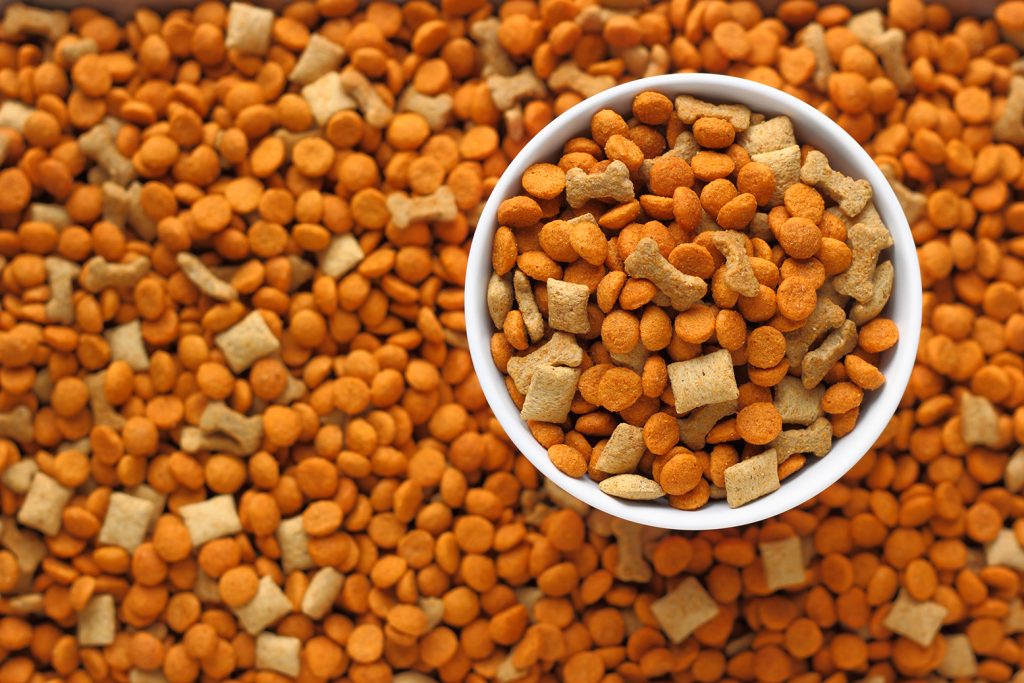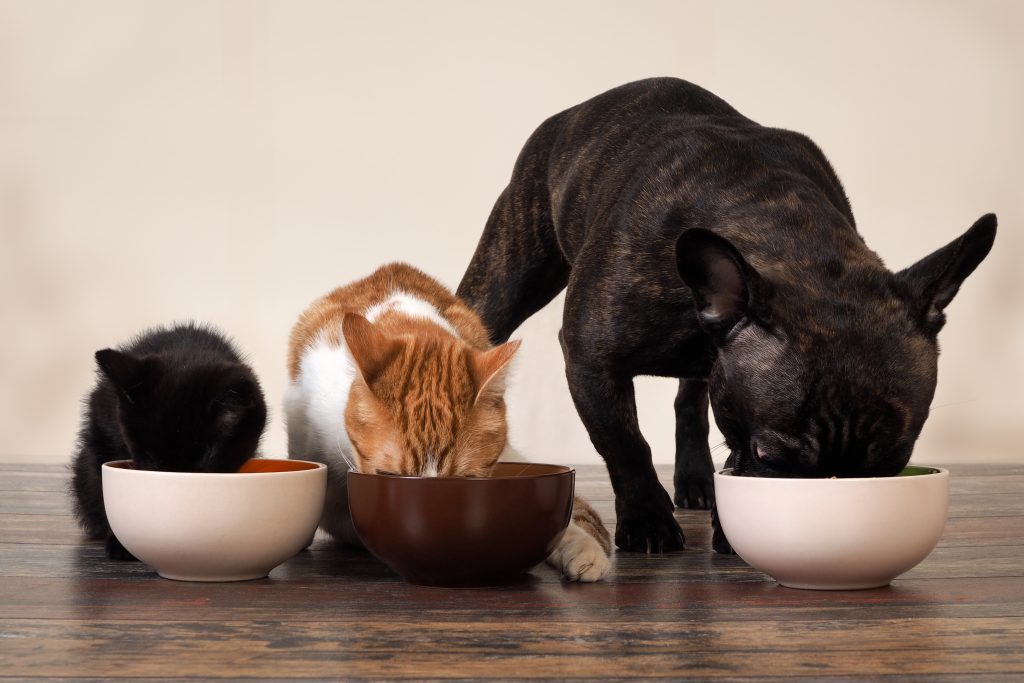
Making Sense of 7 Common Pet Food Terms
1. Grain-Free
It’s a common misconception that grain-free foods are better for pets than those including grains. Both foods are equally digestible, and grain-free pet foods still contain carbohydrates from other sources, like sweet potatoes and lentils. In addition, grains are actually highly unlikely to cause food allergies. The rare food allergic animal will be allergic to the animal protein in the diet, not the carbohydrate! Plus, recent FDA findings have shown a link between certain grain-free diets and heart disease in dogs.
2. Organic
Organic pet foods and animal feeds are required to adhere to the rules and regulations outlined by the USDA’s National Organic Program. As a result, you can expect the same standards in pet food that contains an organic label as you would expect from food deemed fit for human consumption with the same label.
3. Human-grade
This term is strictly a marketing term and has no definition in any animal feed regulations. In fact, it is not a term used in human food either; the USDA defines products fit for human consumption to be officially “edible”. These “human edible” foodstuffs have been processed, inspected and passed process control regulations that are designed to assure safety for consumption by humans. As such, extremely few pet food products could be considered officially “human edible” or “human-grade”.
4. Byproducts
Byproducts get an undeserved bad rap, with rumors of them containing non-nutritional ingredients. In fact, byproducts are any part of the animal leftover after the muscle meat has been removed but still delivers high nutritional value. Examples include organ meats for protein and bones for Calcium. Furthermore, according to the regulatory definition of byproducts, it specifically EXCLUDES hair, hooves, horns, hide trimmings, manure and intestinal contents, as well as anything that is not specifically part of the carcass (e.g., floor sweepings, trash).
5. Filler
On a pet food label, the term “filler” has no official definition. In veterinary nutrition, it’s used to describe a dietary component that might have no nutritional value, but provides fiber. Fiber can be beneficial for pets on a weight control program or who need the extra fiber for digestive or colon health.
6. Natural
The meaning of the term “natural” is unclear when it comes to pet food. Although AAFCO provides a definition of “natural” with regard to pet food, not all states are required to comply with AAFCO regulations, and the FDA has not defined the term specific to pet food. As it stands:
- There’s no evidence that natural foods are healthier than those produced by synthetic processes.
- The term natural includes more ingredients than it excludes.
- Pet food can be subject to several processes and include chemical additives and still be considered natural.
7. Holistic
With regard to pet food, the term “holistic” has no regulated or established meaning. When you see “holistic” on pet food packaging, remember that it’s simply a term used for marketing purposes.
Complete Nutrition for Your Pet at Sleepy Hollow Animal Hospital
To stay healthy, pets need a complete balance of nutrients and amino acids which are derived from both plant and animal sources. When selecting your pet’s food, consider these questions and guidelines provided by the World Small Animal Veterinary Association.
When in doubt, our veterinarians can also help you select high-quality foods and treats based on your pet’s individual health, activity level, and dietary needs. For more information, we welcome you to contact our office.











